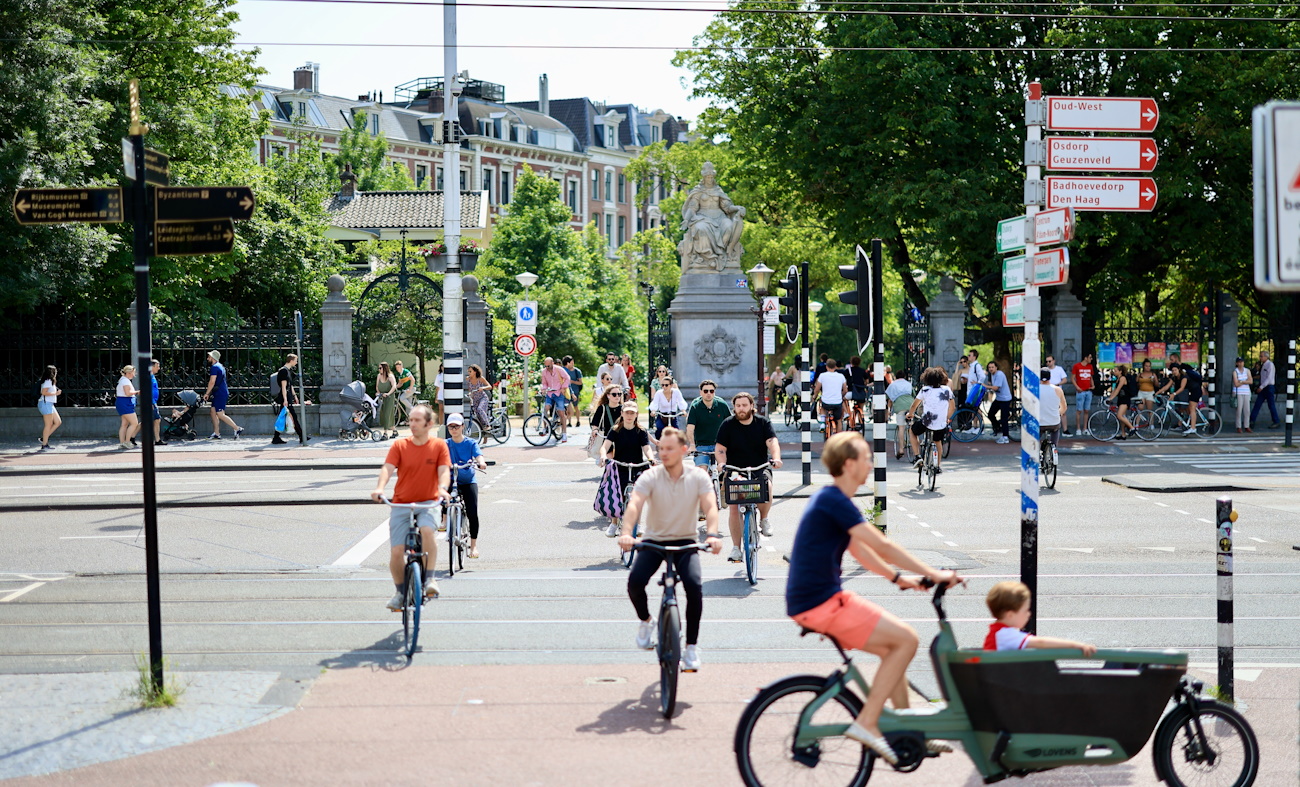
Introduction

For many people from abroad, the first thing they notice when they arrive in the Netherlands is the enormous number of cyclists. In fact, when we arrived it was also the first "special experience" for us.
By the way, the situation is currently changing again because more and more electric bicycles are becoming available. The enormous number of cyclists is particularly noticeable in the big cities.
People are usually friendly and helpful when you speak to them. Many people speak English. That language is already taught in primary school. Moreover, many Dutch people watch English videos. They do have subtitles, but if you watch English films from an early age, you are taught English from a young age.
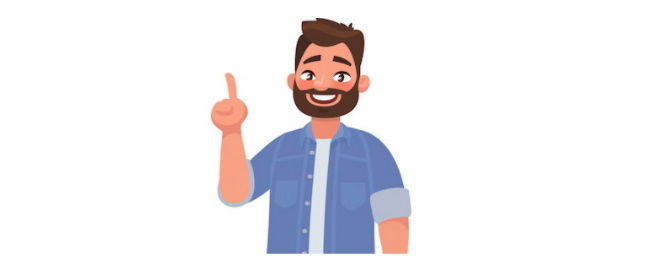
If you go to another country, first you have to learn common expressions.
Our language coach started this lesson with this video.
Warning
But first, he had an important warning. He informed us that this app is based on automatic translation and that automatic translation is sometimes not perfect. So it is possible that you may encounter "strange sentences," obviously due to a translation error. In such cases, you should see if you can find the proper word using a specialized dictionary available on the internet. The Dutch sentences are always 100% perfect.
<<<
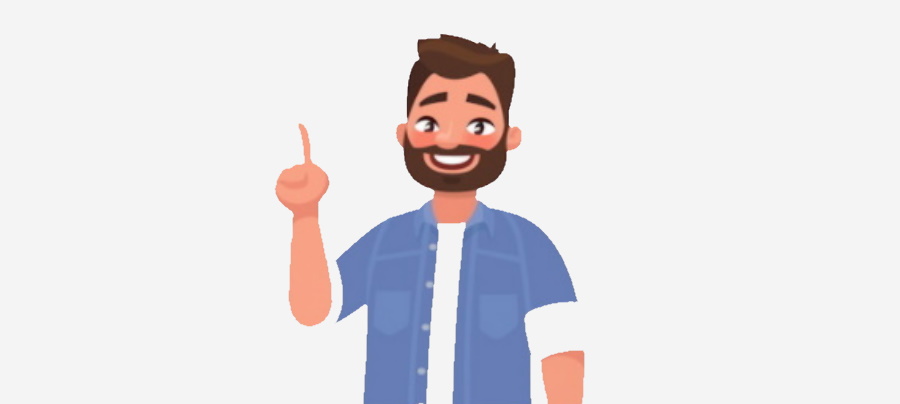
Instruction
Our language coach mentioned that this is the first time we encounter the special 'illustration language.' Notice that on your smartphone/tablet, the illustration language is presented above the text each time. This allows you to see how the illustrations effectively represent expressions. The first expression is 'hello,' represented by a picture of two people lifting their hands. The expression 'goedemorgen' is depicted with the well-known symbol for 'ok' combined with a symbol of a rising sun, to represent 'morning.'
The expression "good day" is given by all the phases of the day: from the rising sun in the morning till the moon in the evening.
Now, explore the symbols yourself.
<<<
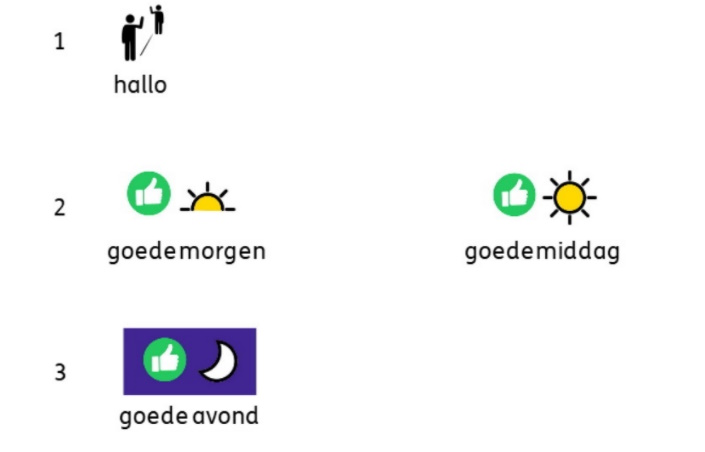
1 hello
2 good morning , good afternoon
3 good evening
<<<

Now, look at the illustrations for the words 'I,' 'you,' and 'he.' Our language coach explained that these words are personal pronouns, a special category of words. Initially, I was worried because I thought it meant that we have to learn complex grammar. However, my coach reassured me, saying, 'Do not be afraid... it's just a word!'
He pointed out how we can easily create sentences using our special illustration language, which accurately conveys the meanings of Dutch sentences. It's also important to note that we have a special collection of words called 'verbs,' which describe actions like reading or drinking. Notice that verbs are always represented inside a circle.
<<<
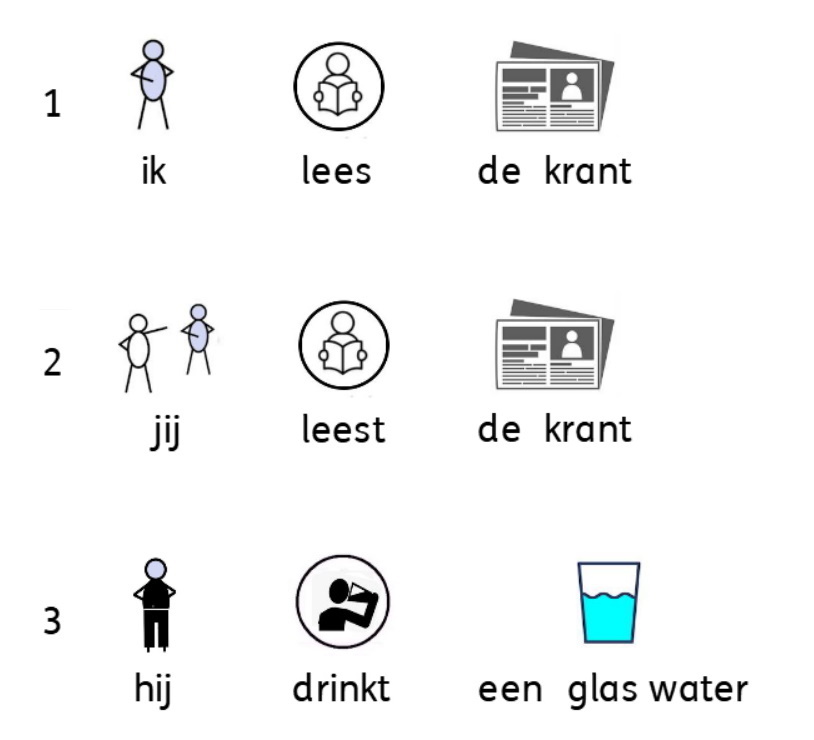
1 I read the newspaper
2 you read the newspaper
3 he drinks a glass of water
<<<

Now, you'll see the illustrations and you have to say the right words or sentences. It's a good way to check what you remembered. In fact it is a very strong exercise.
<<<

1 ?
2 ?
3 ?
<<<
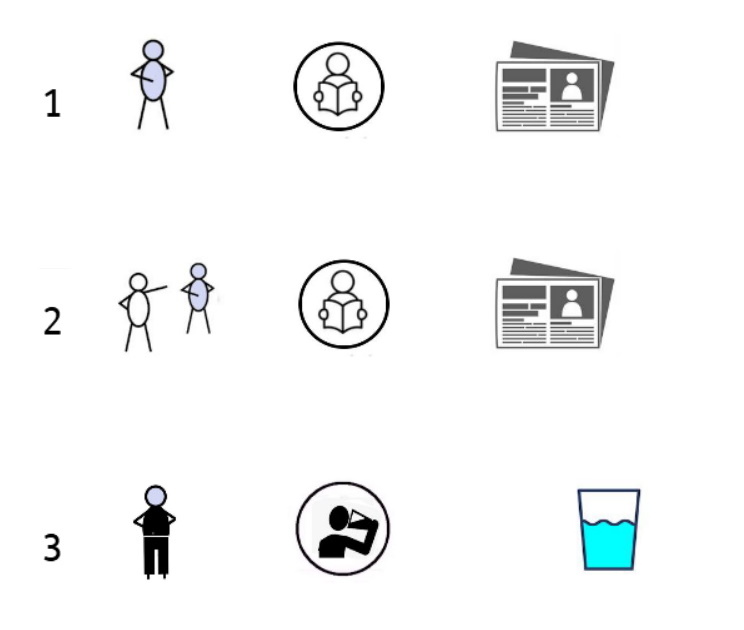
1 ?
2 ?
3 ?
<<<

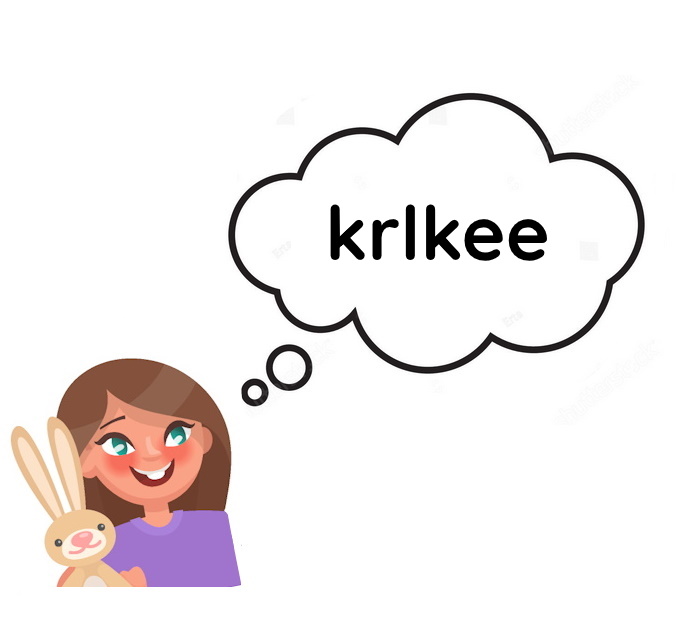
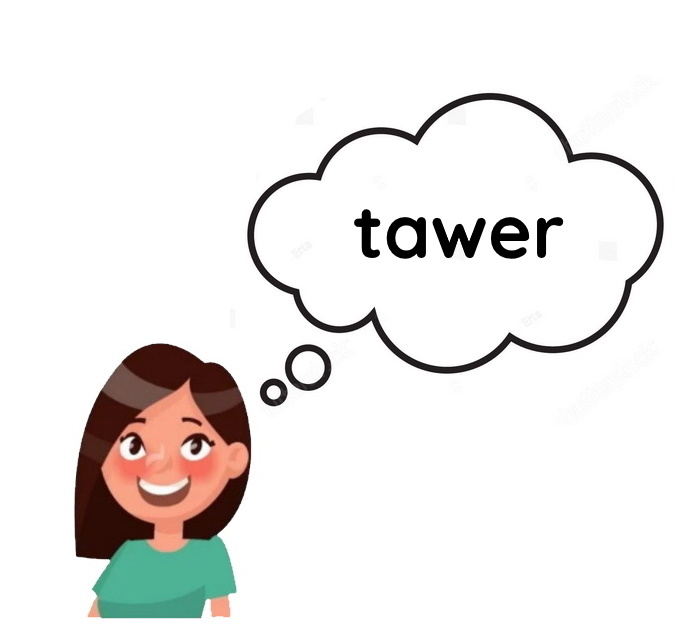
Site was designed with Mobirise